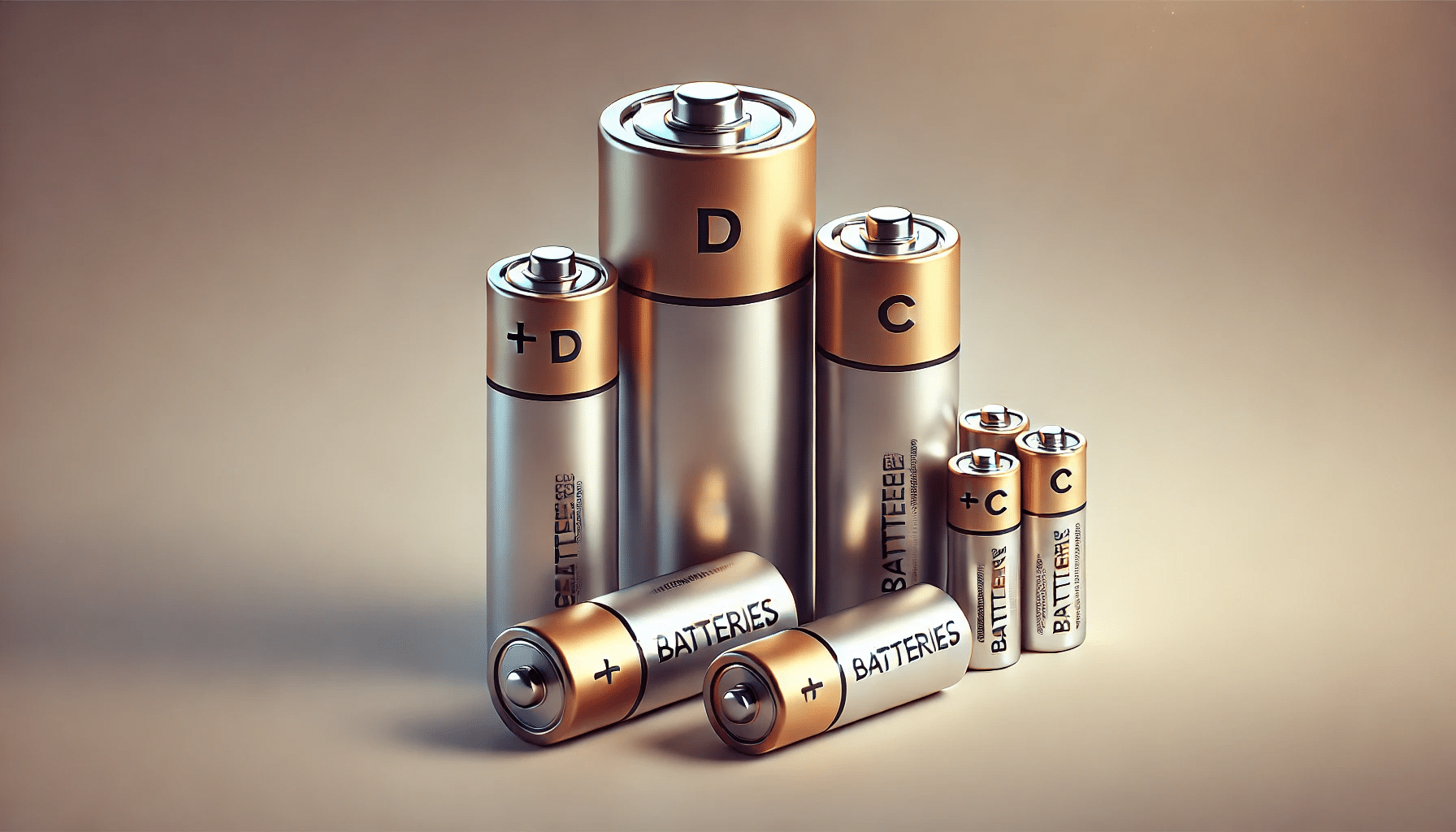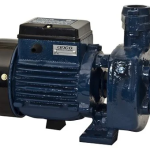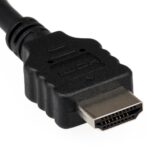
Introduction
When it comes to portable power, portable batteries are indispensable. Among the myriad options available, C and D batteries are a staple in powering multiple devices and equipment. Though these might appear quite similar in function, they differ in terms of size, capacity, and the kinds of devices they power. Understanding the key differences between these two batteries is crucial for users in making an informed choice that matches their device’s needs. This article compares C and D batteries to help you decide which battery to select for your needs.
Understanding C and D Batteries: Common Battery Types
C batteries, also called LR14 or C cells are cylindrical dry cell batteries designed to power devices that require more energy than AA batteries. These compact power providers are used in mid-power household devices like flashlights, portable radios, clocks, and remote-controlled toys. A typical C battery generally measures about 50mm in height and 26mm in diameter. Additionally, LR14 come in different chemistries and capacities with rechargeable versions.
D batteries, also called R20 or MN1300 batteries, are high-performance standard batteries designed to power high-drain devices. These larger, cylindrical batteries feature electrical contact at each end and have an approximately 33mm diameter and 61.5mm length. Similar to C cells, D dry cell batteries come in rechargeable versions with varied power storage capacities.
Rechargeable and Disposable C & D Batteries
They come in both rechargeable and disposable varieties. Rechargeable batteries, typically nickel-metal hydride (NiMH) or lithium-ion, recharge multiple times, reducing waste and saving money in the long run. Disposable batteries, usually alkaline, provide a single-use power source and are more affordable upfront. They are ideal for emergencies or occasional use devices but contribute to environmental concerns due to their non-recyclable nature. In essence, disposables are better for convenience and sporadic use, while rechargeables excel in efficiency, sustainability, and cost-saving for regular use.
Key Differences Between C and D Batteries
They differ significantly in various ways. Some of the significant differences include:
Capacity Differences
Energy capacity is a major differentiator between C and D batteries. D batteries typically offer a higher capacity range (up to 20,000 mAh in some models) compared to C batteries, which usually peak around 8,000 mAh. This difference means D batteries can power devices for longer durations, especially in high-drain applications.
Comparing the Lifespan of C and D Batteries
D cells generally offer longer service life for high-drain devices like heavy-duty flashlights. In low-drain devices, such as clocks, C batteries may provide a satisfactory lifespan and could be more cost-effective.
Comparing Their Weight and Portability
Due to their size and higher material content, D are heavier than C batteries. This factor is worth considering when portability is crucial, such as in handheld devices for outdoor activities.
Difference Based on Physical Size
The most obvious difference between C and D batteries is their physical size. C are smaller, making them perfect for compact devices, while D batteries are larger and have a much higher capacity.
Device Size and Fit
Another key consideration is whether the batteries will physically fit into the device you are using. C cells are smaller, so they work better in devices with limited space. On the other hand, D batteries are ideal for devices that can accommodate their larger size.
Cost Comparison
While C and D batteries have similar chemistries, D batteries are often more expensive due to their higher capacity and size. However, if you consider the cost per unit of energy, D batteries can be more cost-effective over time in high-drain applications because they last longer, reducing the frequency of replacement.
Usage Difference
D batteries are used in high-drain devices that require extended power. Examples include large flashlights, radio transmitters, and portable stereos. They are also commonly used in emergency equipment like lanterns and heavy-duty torches, where a steady power supply is crucial.
Making the Final Choice: C vs. D Batteries
When deciding between C and D batteries, consider your device’s energy demands, battery lifespan, and cost. C cells are well-suited for medium-drain devices that require a moderate amount of power over a reasonable period. Opt for D batteries for high-drain devices that require significant power for extended periods, such as large flashlights, boomboxes, and emergency equipment.
Final Thoughts
The choice between C and D batteries depends primarily on your device’s requirements. If you are choosing between the two, consider the device’s power needs—if it requires high, sustained power, D batteries are your best. Armed with this comparison knowledge, you can confidently select the right battery for any of your needs.





















